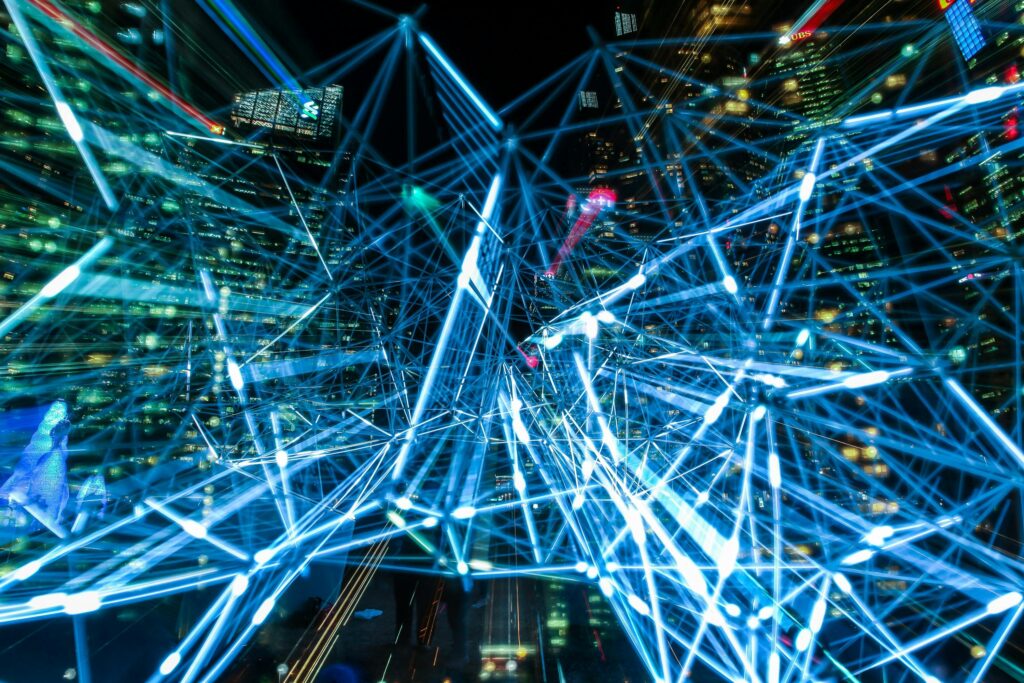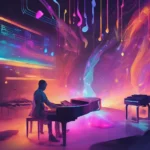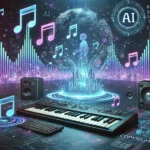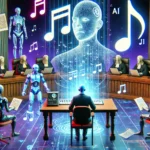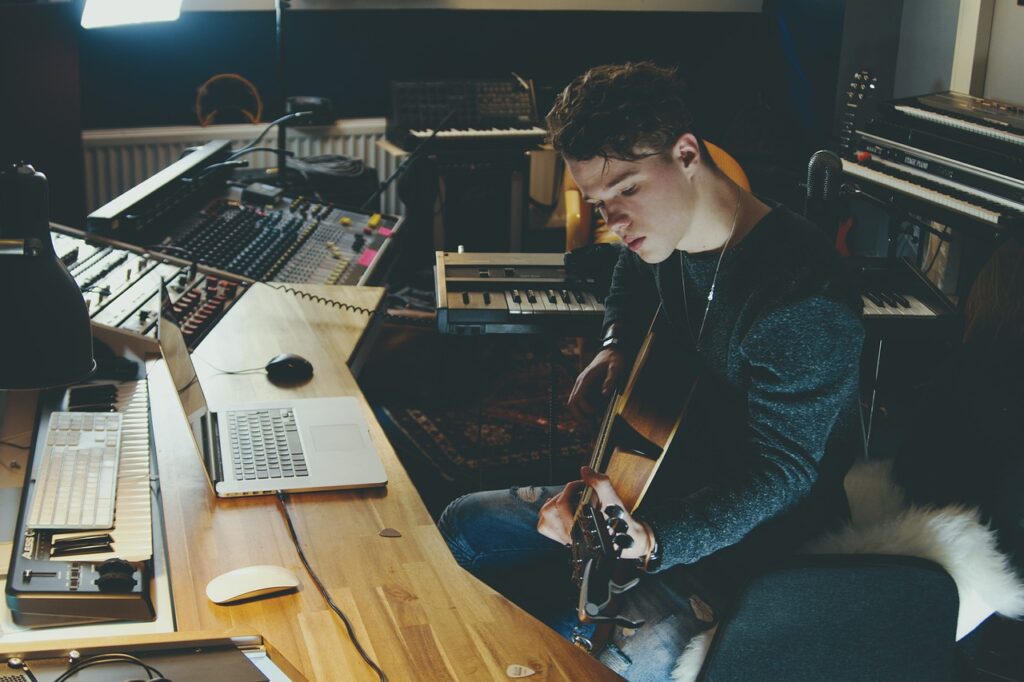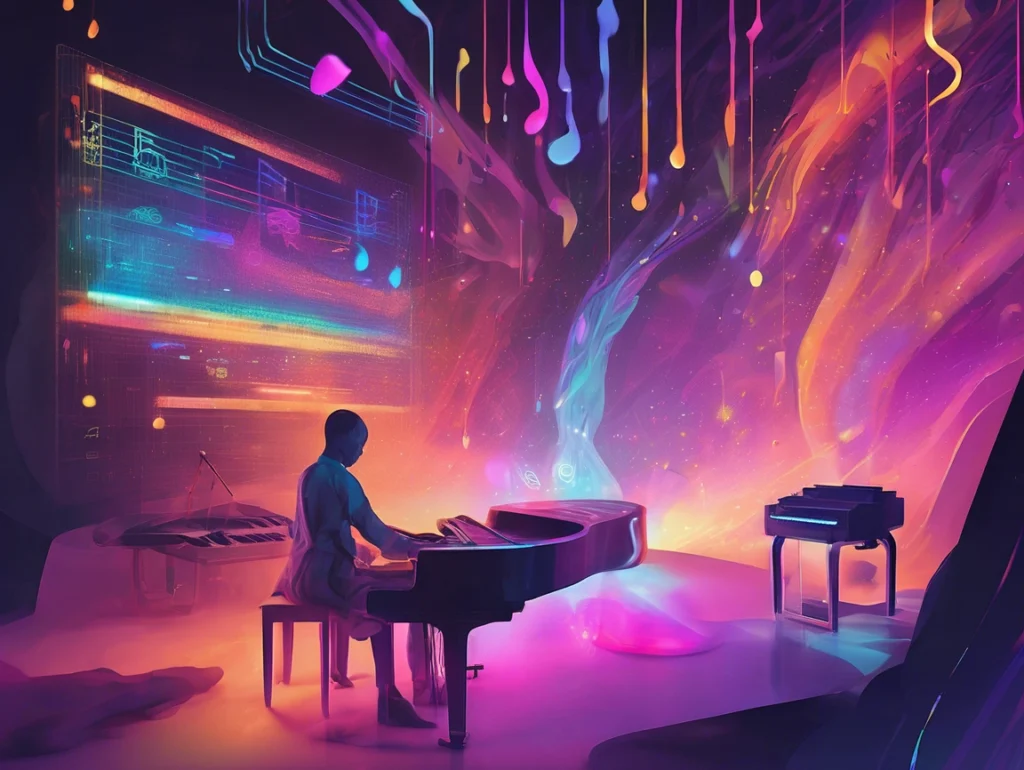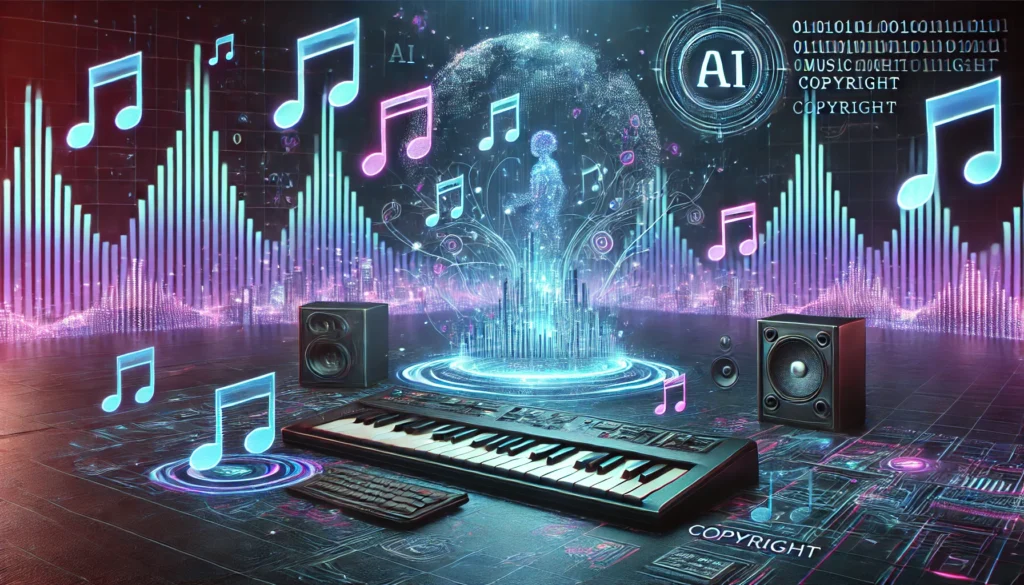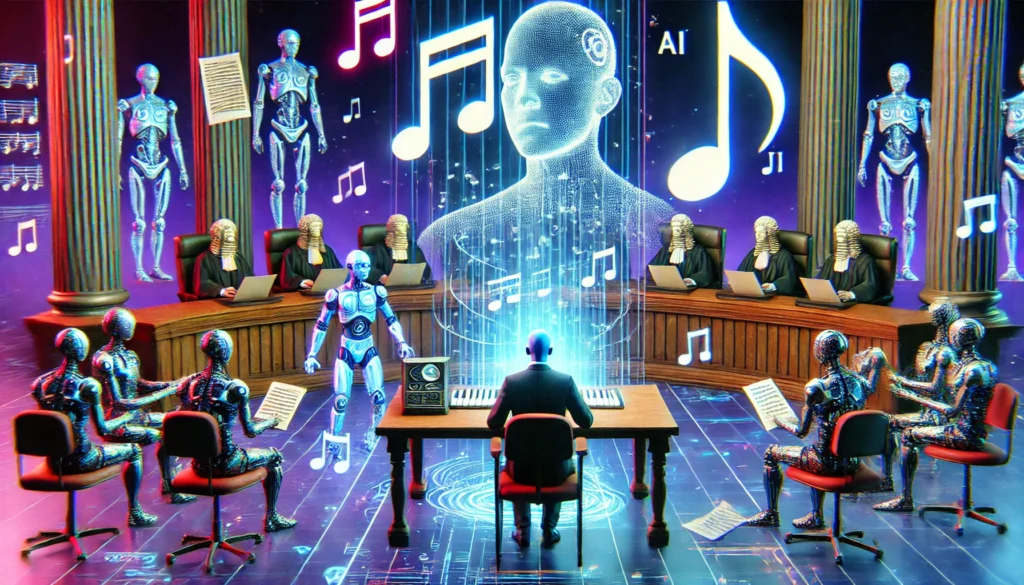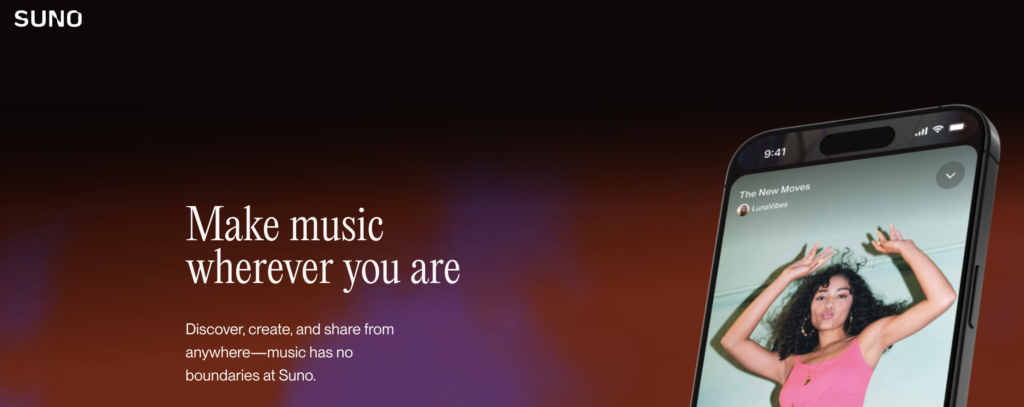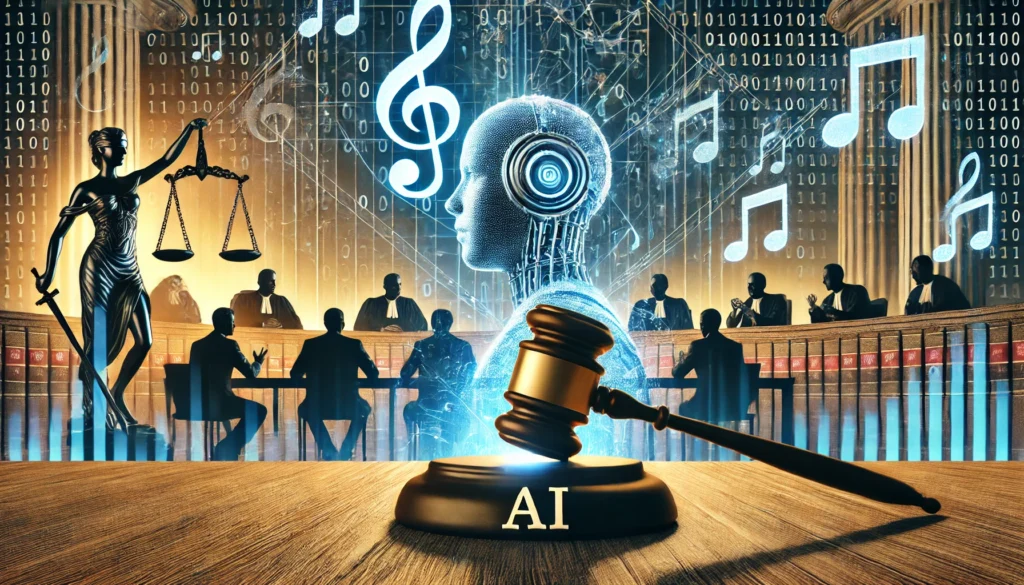Introduction
Welcome to AI vs Human Composers! In 2024, over 120 million tracks were created using AI music generators, yet less than 2% achieved commercial success comparable to human compositions. This staggering statistic highlights the growing prevalence of artificial intelligence in music creation—but also raises questions about its true capabilities and limitations. As someone who’s tested dozens of these AI tools myself, I’ve seen both their impressive capabilities and significant shortcomings!
The musical landscape is undergoing a profound transformation as AI music generation technologies continue to evolve at breakneck speed. Music producers, composers, and even casual creators are increasingly turning to these digital tools to assist or sometimes replace traditional composition methods. This shift has sparked intense debate among industry professionals: while some embrace AI as a revolutionary collaborative tool, others view it as an existential threat to human artistry and musical expression.
This analysis aims to provide an honest, balanced assessment of whether AI music generators can truly replace human composers. We’ll explore the current technological capabilities, examine strengths and limitations, and consider the unique qualities that human composers bring to music creation. By the end, you’ll have a comprehensive understanding of where AI stands in the musical ecosystem and what the future might hold for this fascinating intersection of technology and art.
The Current State of AI Music Generation Technology
The AI music generation landscape has evolved dramatically in 2025, with several sophisticated platforms leading the way. Tools like Aiva have expanded their capabilities to generate fully orchestrated compositions across numerous genres, while OpenAI’s Jukebox has evolved to produce increasingly realistic vocals and instrumentation. Meanwhile, Amper Music continues to refine its platform for creating customizable production-ready tracks. Read my article of recommended AI generators here:
These systems rely on various neural network architectures to create musical compositions. Most cutting-edge AI composers utilize deep learning approaches, particularly transformer models similar to those used in language generation. These networks are trained on vast datasets of musical compositions, learning patterns and relationships between notes, rhythms, harmonies, and structures.
The past year has seen significant technological breakthroughs, particularly in the realm of emotion recognition and implementation. The latest models can now analyze emotional patterns in music and incorporate them more effectively, creating compositions that better evoke specific moods. Additionally, advances in reinforcement learning have improved long-form compositional coherence, allowing AI to maintain musical themes and motifs throughout extended pieces.
Different AI approaches offer varying advantages. Rule-based systems provide predictable results with clear musical structures but limited creative variety. Machine learning approaches offer more flexibility and can adapt to different styles, while deep learning models produce the most original-sounding compositions but with less predictable results. Each approach serves different needs within the music creation ecosystem.
What AI Music Generators Excel At
AI music generators have carved out specific niches where they truly shine. Creating background music and ambient soundscapes is perhaps their strongest application—they can rapidly generate hours of non-distracting, mood-appropriate music for productivity, meditation, or environmental enhancement. Major streaming platforms now feature channels dedicated exclusively to AI-generated ambient music, with some accumulating millions of monthly listeners.
When it comes to variations, AI excels at taking existing musical themes and producing numerous creative alterations. This capability has proven valuable for media productions needing multiple versions of the same musical idea, or for composers seeking inspiration through algorithmic manipulations of their core melodies.
Genre-specific compositions that follow established patterns represent another area of AI strength. The algorithms can identify and replicate the defining characteristics of blues, classical, electronic, or pop music with impressive accuracy. This makes AI particularly useful for creating genre-authentic production music quickly and affordably.
The efficiency of AI systems in producing music for specific functional needs cannot be overstated. For advertising agencies, game developers, and content creators who need serviceable music on tight deadlines, AI generators offer a compelling solution. A human composer might need days or weeks to create a custom soundtrack, while an AI can generate multiple options in minutes.
This leads to perhaps the most obvious advantage: cost-effectiveness. Licensing AI-generated music typically costs a fraction of commissioning original human compositions. For small businesses, independent filmmakers, and projects with limited budgets, this accessibility represents a democratization of quality musical content that was previously unattainable.
The Limitations of AI Music Generation
Despite impressive advances, AI music generators still face significant limitations, particularly when it comes to true musical innovation. While they excel at recreating established styles, they struggle to create genuinely groundbreaking compositions that push artistic boundaries. The algorithms can only recombine elements from their training data in increasingly sophisticated ways—they cannot truly invent new musical paradigms as human innovators like Igor Stravinsky, Miles Davis, or Björk have done throughout history.
Perhaps the most commonly cited shortcoming is the challenge AI faces in creating emotionally resonant pieces. Though AI can mimic emotional patterns found in existing music, it lacks the lived human experiences that inform genuine emotional expression. The result is often music that follows the technical blueprint of emotion without capturing its authentic depth. As one professional composer noted, “The AI compositions sound right but feel hollow—they’re missing the human soul behind the notes.”
Cultural and historical context presents another obstacle. Human composers create within specific cultural traditions and historical moments, drawing on collective experiences that AI cannot truly comprehend. This deficit becomes particularly apparent in culturally specific genres where subtle contextual understanding is crucial to authentic composition.
From a technical standpoint, complex orchestration and arrangement still present challenges. While AI can generate basic orchestral compositions, the nuanced understanding of instrument combinations, timbral relationships, and extended playing techniques remains largely beyond their grasp. Film composers who specialize in sophisticated orchestration still maintain a clear advantage in creating richly textured, emotionally complex scores.
Finally, AI lacks the collaborative adaptability that defines much of human music creation. The real-time give-and-take between composers, performers, and producers—where creative decisions evolve through human interaction—remains impossible to replicate algorithmically. This dynamic quality is especially important in genres like jazz, where improvisation and spontaneous development form the core of the creative process.
The Human Element in Music Composition
At the heart of human composition lies something AI fundamentally lacks: lived experience and its translation into emotional depth. Human composers draw from personal triumphs, tragedies, and the full spectrum of emotional experiences to infuse their work with authentic feeling. When Frederic Chopin composed his Revolutionary Étude after learning of Poland’s failed uprising, or when Billie Eilish writes about teenage anxiety, they translate real emotional states into musical communication—something AI can simulate but not genuinely experience.
Cultural influences and personal narratives provide another uniquely human dimension to composition. Human creators exist within specific cultural contexts, absorbing traditions, innovations, and social movements that shape their musical voices. Whether it’s Kendrick Lamar reflecting on African-American experience or Ennio Morricone drawing on Italian folk traditions for his iconic film scores, these cultural underpinnings add layers of meaning that AI cannot authentically replicate.
The collaborative aspect of human music creation adds another irreplaceable dimension. Many of history’s greatest musical works emerged through collaboration—Lennon and McCartney’s creative partnership, the jazz ensemble’s collective improvisation, or the modern producer-artist relationship. These human interactions introduce unpredictable creative friction that often yields unexpected brilliance. While AI can be a collaborative tool, it cannot participate in this genuine exchange of ideas and emotions.
Intention and meaning represent perhaps the most profound difference between human and AI composition. Human composers create with purpose—to express specific ideas, process emotions, make political statements, or connect with audiences. This intentionality imbues the music with meaning beyond its technical construction. Consider compositions like Dmitri Shostakovich’s Fifth Symphony (conveying coded political resistance) or Nina Simone’s “Mississippi Goddam” (expressing civil rights activism). These works communicate through more than just notes and rhythms—they express human values, beliefs, and perspectives.
Certain compositions demonstrate the limitations of current AI capabilities. Radiohead’s “Paranoid Android” with its unconventional structure and emotional shifts, Miles Davis‘ modal explorations on “Kind of Blue,” or Stravinsky‘s revolutionary “Rite of Spring” would be virtually impossible for today’s AI systems to conceive independently. These works required not just technical skill but artistic vision and the courage to break established rules—qualities that remain uniquely human.
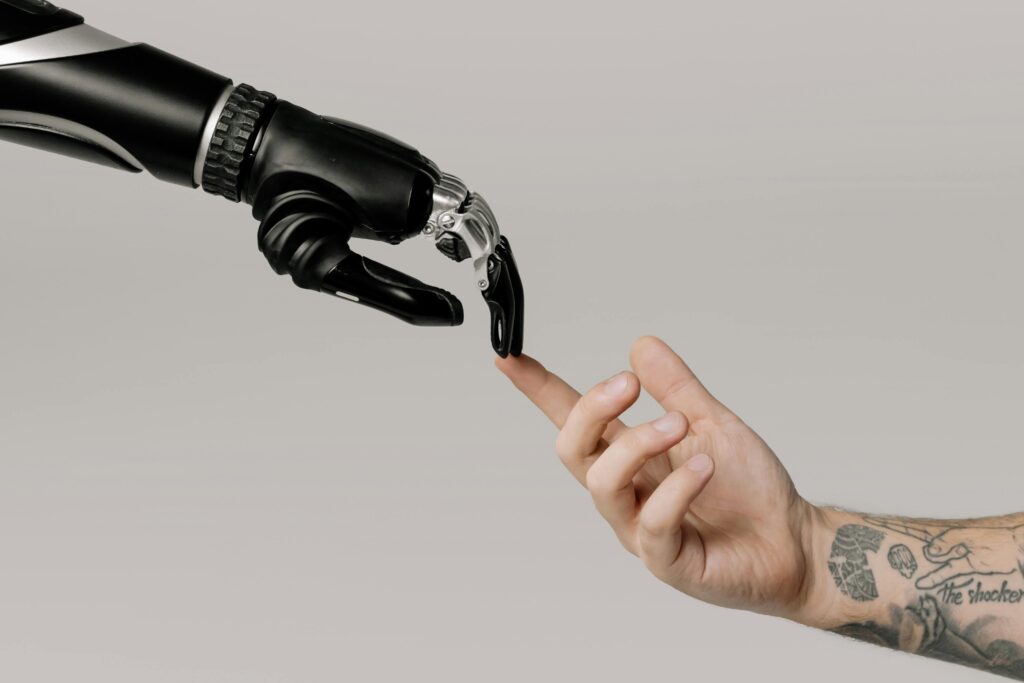
Hybrid Approaches: Humans and AI Working Together
Rather than viewing AI as a replacement for human composers, many professionals have embraced hybrid approaches that combine algorithmic and human creativity. The Grammy-nominated composer BT collaborated with an AI system to create “The Genesis Suite,” where he used the AI as a co-writer, developing and orchestrating themes the algorithm proposed while adding his human sensibility to the arrangement.
Similarly, film composer Hans Zimmer has incorporated AI tools into his workflow, using them to generate initial ideas that he then refines and develops with his human sensibility. “The AI gives me starting points I might never have considered,” he notes. “But translating those ideas into something emotionally powerful still requires human judgment.”
This collaborative approach is reshaping the composer’s role in many contexts. Rather than spending hours creating basic tracks from scratch, many composers now use AI to generate foundational elements quickly, allowing them to focus their human creativity on refinement, emotional expression, and the higher-level creative decisions that add distinctive value. This shift has proven especially valuable in high-pressure commercial environments like advertising and game development, where deadlines are tight and multiple iterations are often required.
New business models are emerging around these hybrid approaches. Subscription services now offer composers access to AI tools specifically designed for collaborative creation. Studios specializing in AI-human music partnerships have established themselves in major production centers, offering services that combine algorithmic efficiency with human creative oversight. Meanwhile, licensing platforms have developed new categories and pricing models for music created through various degrees of AI-human collaboration.
Looking forward, we can expect continued development of interfaces that make AI music generation more intuitive for human collaborators. Rather than replacing composers, these tools seem poised to become as common in the composer’s toolkit as digital audio workstations and sample libraries are today—powerful aids that expand creative possibilities while still requiring human direction to achieve their full potential.
Ethical and Legal Considerations
The rise of AI composition has introduced complex copyright implications that the music industry and legal systems are still struggling to address. When an AI creates music based on patterns learned from thousands of copyrighted works, does the resulting composition constitute original work? Current legal frameworks weren’t designed with algorithmic creation in mind, creating uncertainty for creators and businesses alike.
Training data presents particularly thorny issues. Most AI music generators learn from massive datasets of existing music, raising questions about potential plagiarism or intellectual property infringement. Several high-profile cases have emerged where AI-generated compositions bore striking similarities to specific human works, leading to legal challenges that remain largely unresolved in 2025.
The impact on the music industry job market cannot be overlooked. While new roles are emerging around AI music supervision and editing, traditional composition jobs in areas like production music, advertising, and media underscore have seen significant disruption. Industry organizations estimate that entry-level composition opportunities have declined by roughly 30% as companies increasingly turn to AI for basic musical content.
Questions about authenticity and artistic value continue to spark debate among critics, audiences, and artists themselves. Music critic Alex Ross recently wrote, “What we value in music has never been mere technical competence, but human expression—the sense that another consciousness is communicating with us through sound.” This perspective highlights the ongoing tension between technical achievement and artistic meaning in evaluating AI-created works.
Regulatory frameworks are beginning to emerge, though they vary widely by region. The European Union has implemented guidelines requiring clear disclosure when AI is substantially involved in music creation, while the United States has focused more on addressing intellectual property concerns through updates to copyright law. Industry groups are developing certification systems to verify degrees of human involvement in compositions, providing transparency for licensing and attribution.
Conclusion
As we’ve explored throughout this analysis, AI music generators have made remarkable advances and now excel in specific applications—creating functional background music, generating variations, producing genre-specific compositions quickly, and offering cost-effective solutions for certain production needs. These strengths have made AI an invaluable tool for many music creators and businesses.
However, significant limitations remain. AI still struggles with true musical innovation, creating deeply emotional compositions, understanding cultural nuances, complex orchestration, and collaborative adaptation. These limitations highlight the continuing value of human composition, with its foundation in lived experience, cultural understanding, collaborative dynamics, and intentional meaning.
The technology continues to evolve at a remarkable pace. The gap between AI and human capabilities will likely narrow in certain aspects of music creation, particularly technical execution and stylistic mimicry. Yet the fundamental difference—that humans create music as an expression of conscious experience while AI creates through pattern recognition—suggests that complete replacement remains unlikely in the foreseeable future.
The most promising path forward appears to be collaborative integration rather than replacement. As composer and AI researcher Francois Pachet observed, “The question isn’t whether AI will replace composers, but how it will transform the compositional process and expand what’s possible.” This perspective frames AI as a powerful new instrument in the orchestra of musical tools rather than a replacement for the conductor.
While AI can now create impressive musical pieces, the soul and story behind human composition remains irreplaceable—at least for now! I encourage you to experiment with AI music tools to experience their capabilities firsthand, but also to continue supporting human composers who bring unique creative voices to our musical landscape. The future of music likely belongs not to AI alone, nor to humans working in isolation, but to those who learn to orchestrate both technological and human creativity in harmony.

